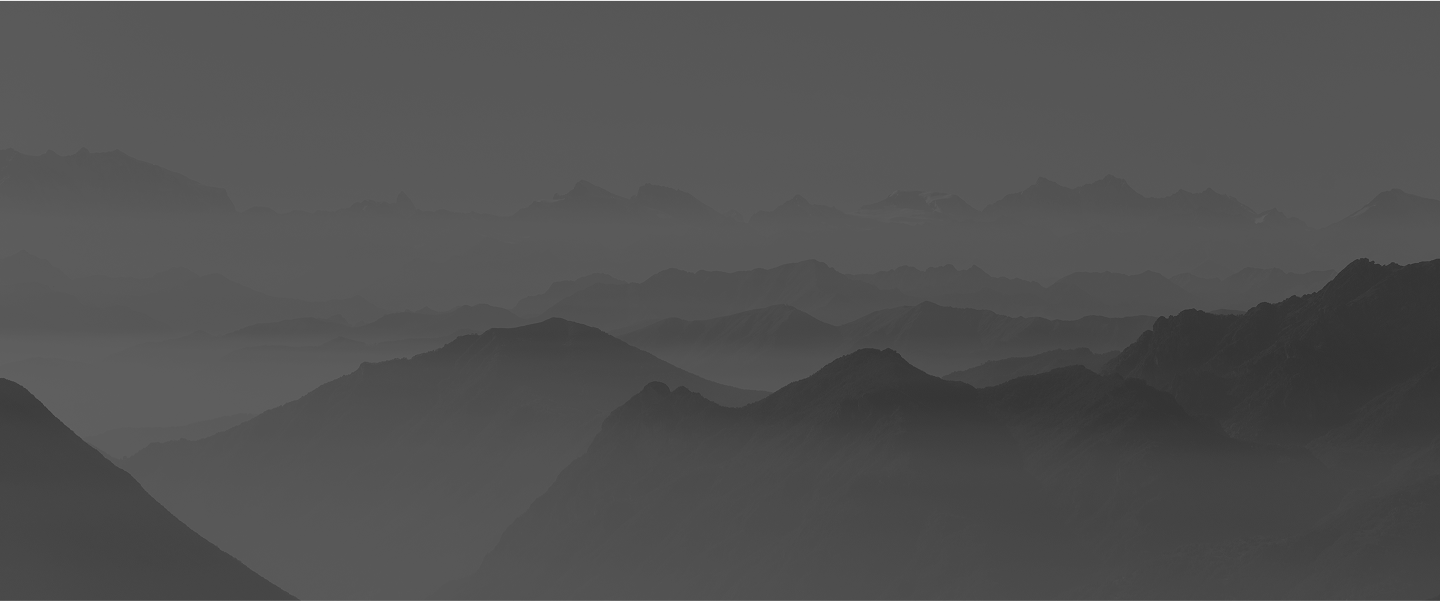1. Project Exploration & Initiation
Stratifyx enables visually informed, landscape-scale exploration based on project goals and constraints including:
Assessing historical and current land use.
Identifying ecosystem service opportunities and stressors.
Detecting initial fatal flaws or exclusion zones.
Platform Outputs: Baseline maps of selected sites that meet the land developer’s criteria
2. Conceptual Design
Stratifyx enables scenario testing and conceptual design for:
Project site portfolio refinement to optimize land assets.
Spotlighting best land management practices that account for natural resource constraints.
Initial cost/benefit analysis.
Compressing permitting time by quickly generating first permit drafts for circulation, comment, and review.
Platform Outputs: Conceptual maps and analytical results for consideration in the final design stage.
3. Final Design & Pro Formas
Stratifyx facilitates collaboration across the entire project team to foster:
Quick responses to design feedback.
Fewer turns between the project lead, designers, and technical experts.
A holistic ecological lens across multidisciplinary teams as designs are finalized.
Inclusion of on the ground observations to test conceptual design assumptions and confirm the absence of fatal flaws.
Platform Outputs: Detailed maps and ecosystem service impacts within the final design documents.
4. Project Implementation
Stratifyx increases adherence to approved final design documents by:
Visually representing project boundaries and land management practices within the context of the larger landscape.
Providing a multidimensional view of project metrics related to ecosystem service values (e.g. carbon accrual, water quality, biodiversity improvement).
Highlighting interdependencies among design criteria as they are implemented.
Platform Outputs: Updated maps and reports with permit approvals and entitlements throughout implementation.
5. Evaluation & Reporting
Stratifyx supports tracking of project metrics by:
Accelerating the selection of sampling locations based on relevant geophysical strata.
Visually representing analytical results across the landscape over time.
Creating maps and reports for compliance reporting and continuous improvement.
Platform Outputs: Maps and reports of consolidated metrics within and surrounding the project site.







